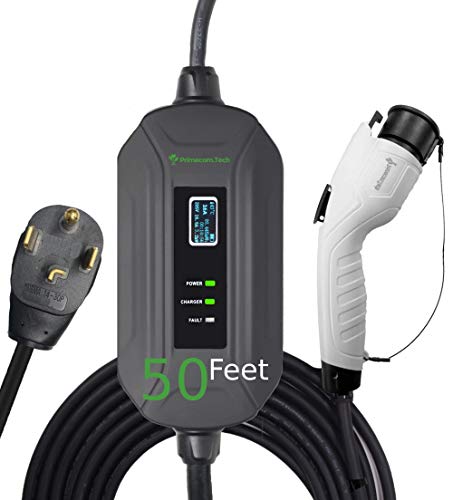Tadol
Well-known member
There are just some random thoughts, and questions - Maybe someone out there has already considered some of these things and can share some thoughts -
Many older houses have inadequate electrical systems to allow them to easily install hi-amp charging units. The costs of upgrading panels, new services, new wiring, it can all add up rather quickly and create quite a barrier to adopting an electric vehicle as primary
transportation. Designing new structures, but being forced to install huge power services and all the equipment to go with them is not an attractive idea either - especially if one still dreams of living in a less heavily developed area. So here are some random thoughts -
Solar panels help reduce the cost of electricity - but do nothing about increasing the capacity of existing equipment, and can add some hassles integrating into older systems. Battery packs are just being introduced, a natural to combine with PV charging, could those, combined with some input from the grid, help make possible a high power charging system at a reasonable cost? I could also see those as making emergency power available to homes after an earthquake, or similar. But I'm not sure yet how those will work yet, so those may not be viable options -
The other option I imagined were backup generators - but not strictly backup, more of an auxiliary unit, creating additional power only when needed, much like the way many hybrid cars integrate a gas motor. So what if you had a small natural gas (or propane?) generator that could work not only as an emergency generator, but also as an on-demand - again, when combined with some grid power - to create a very high power vehicle charging unit, like a home chademo -
These are just some random thoughts - I guess I am trying to imagine how one would design a new house that intelligently integrates some of this technology, along with well designed passive systems, to create something that is very high-efficiency and low maintenance. I see EVs as the only option for transportation, but find even now, with 2 of them in the house, there are times when keeping both charged and available with 2 working people each day creates some occasional friction. The price to seriously upgrade our home to a much larger service is rather daunting.
Anyone else thinking about this stuff, or have any ideas?
Many older houses have inadequate electrical systems to allow them to easily install hi-amp charging units. The costs of upgrading panels, new services, new wiring, it can all add up rather quickly and create quite a barrier to adopting an electric vehicle as primary
transportation. Designing new structures, but being forced to install huge power services and all the equipment to go with them is not an attractive idea either - especially if one still dreams of living in a less heavily developed area. So here are some random thoughts -
Solar panels help reduce the cost of electricity - but do nothing about increasing the capacity of existing equipment, and can add some hassles integrating into older systems. Battery packs are just being introduced, a natural to combine with PV charging, could those, combined with some input from the grid, help make possible a high power charging system at a reasonable cost? I could also see those as making emergency power available to homes after an earthquake, or similar. But I'm not sure yet how those will work yet, so those may not be viable options -
The other option I imagined were backup generators - but not strictly backup, more of an auxiliary unit, creating additional power only when needed, much like the way many hybrid cars integrate a gas motor. So what if you had a small natural gas (or propane?) generator that could work not only as an emergency generator, but also as an on-demand - again, when combined with some grid power - to create a very high power vehicle charging unit, like a home chademo -
These are just some random thoughts - I guess I am trying to imagine how one would design a new house that intelligently integrates some of this technology, along with well designed passive systems, to create something that is very high-efficiency and low maintenance. I see EVs as the only option for transportation, but find even now, with 2 of them in the house, there are times when keeping both charged and available with 2 working people each day creates some occasional friction. The price to seriously upgrade our home to a much larger service is rather daunting.
Anyone else thinking about this stuff, or have any ideas?
























